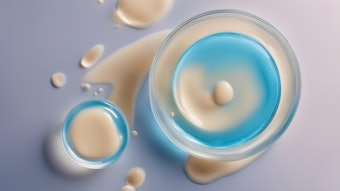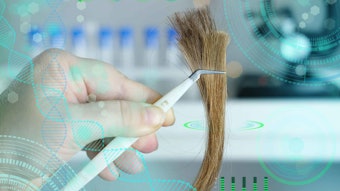The UK-based Engineering and Physical Sciences Research Council (EPSRC) announced the development of a dissolvable scaffold to grow skin tissue. This invention could provide a new method to treat wounds caused by burns or diabetic ulcers. According to the EPSRC Web site, the scaffold is made from polymers and looks similar to tissue paper but is ultra-fine and contains fibers 100 times finer.
Before the material is placed on a wound, skin cells from the patient are introduced to the material. They then attach themselves to it and multiply. When the scaffold is placed over the wound, the scaffold harmlessly dissolves over a 6- to 8-week period, leaving the patient’s skin cells behind.
According to the EPSRC, this new approach was developed by a team of chemists, materials scientists and tissue engineers at the University of Sheffield with funding from the group.
The polymers used in the scaffold reportedly are biodegradable and have already been approved for medical applications; because the skin cells know by their DNA how to arrange themselves and the scaffold is simple, simple polymers can be used. The process for making these scaffolds is based on the well-known technique of electrospinning. However, according to the EPSRC, the team has taken a step forward with a new method of making aligned-fiber "mats" for potential use in promoting nerve or tendon growth. This method is currently being patented.
According to the EPSRC, the next step will be to develop the skin reconstruction technology for clinical use, hopefully in the next few years. The technology also reportedly offers possibilities for testing the toxicity of cosmetic and similar products, using materials grown in the laboratory that closely resemble natural skin.
--The Engineering and Physical Sciences Research Council (EPSRC)










